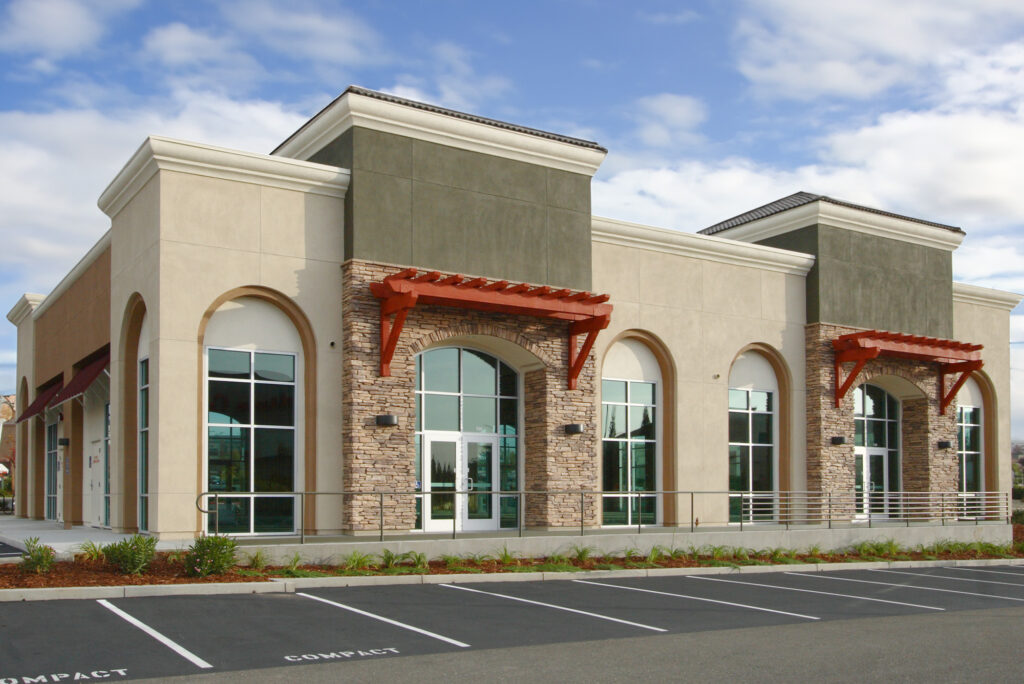
Tap Into the Promise of the Rental Market
The demand for investment-property financing is being fueled by millennials’ lifestyle choices
About 43 million American households rent rather than own their homes because of convenience, cost or both, according to The Pew Charitable Trusts. The decision to rent rather than own hinges on several factors, including an individual’s or family’s income and lifestyle, as well as the local real estate market.
Investors in one-to-four unit rental properties, mixed-use properties and multifamily buildings have taken advantage of opportunities presented by the sheer number of Americans who opt to rent instead of own their homes. Responding to this trend by offering mortgage programs for residential rental properties like single-family homes, condominiums, townhomes, and small apartment buildings provides the perfect opportunity for commercial mortgage brokers to grow their business.
According to an August 2018 report from Yardi, a leading property-management software provider, the average U.S. rent for a multifamily housing unit rose by $3 this past July to an all-time high of $1,409. Year over year as of the same month, rents were up by 2.8 percent, despite headwinds of increased supply and affordability issues.
The Yardi report cites favorable conditions in the multifamily industry, especially in secondary metropolitan markets with strong employment growth. Positive economic benefits like a low unemployment rate and a strengthening economy, along with the benefits of tax reform, are helping to offset the effects of rent growth. When take-home pay increases in a strong economy, landlords have an opportunity to raise rents.
Growth market
There’s no denying that the rental-property market has been on a hot streak for the last decade. According to U.S. Census Bureau estimates, the number of single-family rentals in the U.S. grew by 31 percent in the 10-year period immediately following the housing crisis of 2007, compared to a 14 percent growth rate for multifamily rental units.
A recent Forbes article, however, finds that even though rent demand in major metro areas remains hot, average occupancy rates and rent growth, in general, are slowing across the U.S. as the supply of new homes in less-populated markets catches up with demand. The divergence between rental-property growth in major and secondary markets seems logical since secondary markets have more land available for construction than major markets. But could there be more factors in play?
There’s evidence that suggests millennial attitudes are having a profound influence on the rental-property marketplace, especially in major metro areas. According to population projections from the U.S. Census Bureau, millennials are poised to surpass baby boomers as the nation’s largest living adult generation in 2019, when their numbers are expected to swell to 73 million and the Boomer population shrinks to 72 million. Despite this fact, millennials aren’t following in their parents’ footsteps when it comes to homeownership.
The most common reason millennials cited for continuing to rent was that the monthly cost of renting is more affordable than buying.
Lifestyle choices
A recent census report on the changing profile of young adulthood compares young adults (ages 18-34) from 2016 to those from 1975 (baby boomers). Comparing the differences between these two demographic cohorts is almost like jumping into a gull-winged DeLorean, the 1975 equivalent to today’s Tesla Model X electric car, and traveling back in time.
The lifestyle differences between Boomers and millennials are remarkable, particularly when it comes to where they choose to live and why they opt to rent instead of buying a home. In 1974, approximately 52 percent of baby boomers owned a home by the age of 34. Among millennials in 2016, that number was only 29 percent. So, although millennials are buying more homes than ever, according to a recent Ellie Mae report, most millennials remain renters and research suggests this won’t change anytime soon.
Sociologists often define “adulthood” as the completion of four key milestones of life — living independently, working full-time, getting married, and having children. A recent report by the U.S. Census Bureau suggests that a delay in the transition to adulthood among millennials is responsible for their low homeownership rates.
In 1975, by age 34, approximately 45 percent of boomers completed their transition to adulthood as defined by the four key milestones. Today, only 24 percent of millennials have graduated into adulthood using the same criteria. Without families to support, owning a home becomes less important.
Renting preferred
Additional signs suggest the solid demand for rental properties will continue for some time. A recent survey by Rent.com of 1,000 renters between the ages of 18 and 34 found that almost eight out of 10 don’t plan on leaving their rental units in the near future to join the ranks of homeownership.
According to the Rent.com study, several factors drive this behavior on the part of many millennials.
- Price: The most common reason cited for continuing to rent was that the monthly cost of renting is more affordable than buying. The study found that, overall, four of 10 renters listed affordability as their primary reason for renting. Among millennials, 57 percent put affordability as the top driving factor.
- Freedom: One in five respondents reported that freedom played a factor in their decision-making process. Many of those surveyed liked having the option of being able to pick up and go when their lease is over. Such is not the case for homeowners with mortgages to pay. To leave, they usually have to sell, and if they have children in the local school system, moving becomes much more complicated.
- Service: Homeowners are responsible for repairing their homes and the associated costs if a plumber or other contractor is needed to fix something. Meanwhile, renters can call the landlord to report any issues. Millennials typically don’t want to be bogged down with the hassles of home maintenance. Furthermore, people in their 20s aren’t interested in mowing the lawn on Saturday afternoons when they can be doing something much more fun.
- Lifestyle: Renters in hip neighborhoods aren’t looking to change their lifestyles, according to the Rent.com study. Renters in trendy locations — such as Brooklyn, New York, or the Highland Park section of Los Angeles — aren’t looking to leave. For the renters’ pocketbooks, unfortunately, these popular places usually have the highest rents. Nonetheless, millennials will often stay where they are because they are unwilling to trade urban hipness for homeownership (and maintenance responsibilities) in the suburbs.
Commercial mortgage brokers who recognize and take advantage of the increased demand for rental properties by offering investment and small-balance commercial mortgages to borrowers interested in acquiring rental properties have been able to offset the decline in home-purchase loans and refinancing business caused by the recent rise in interest rates.
As interest rates continue to rise, home purchase and refinance volumes are likely to continue to decline, disrupting the business of mortgage brokers who fail to take advantage of a paradigm shift in the industry driven, in large measure, by millennials who would rather rent than own.
This article originally appeared in the January 2019 issue of Scotsman Guide.


